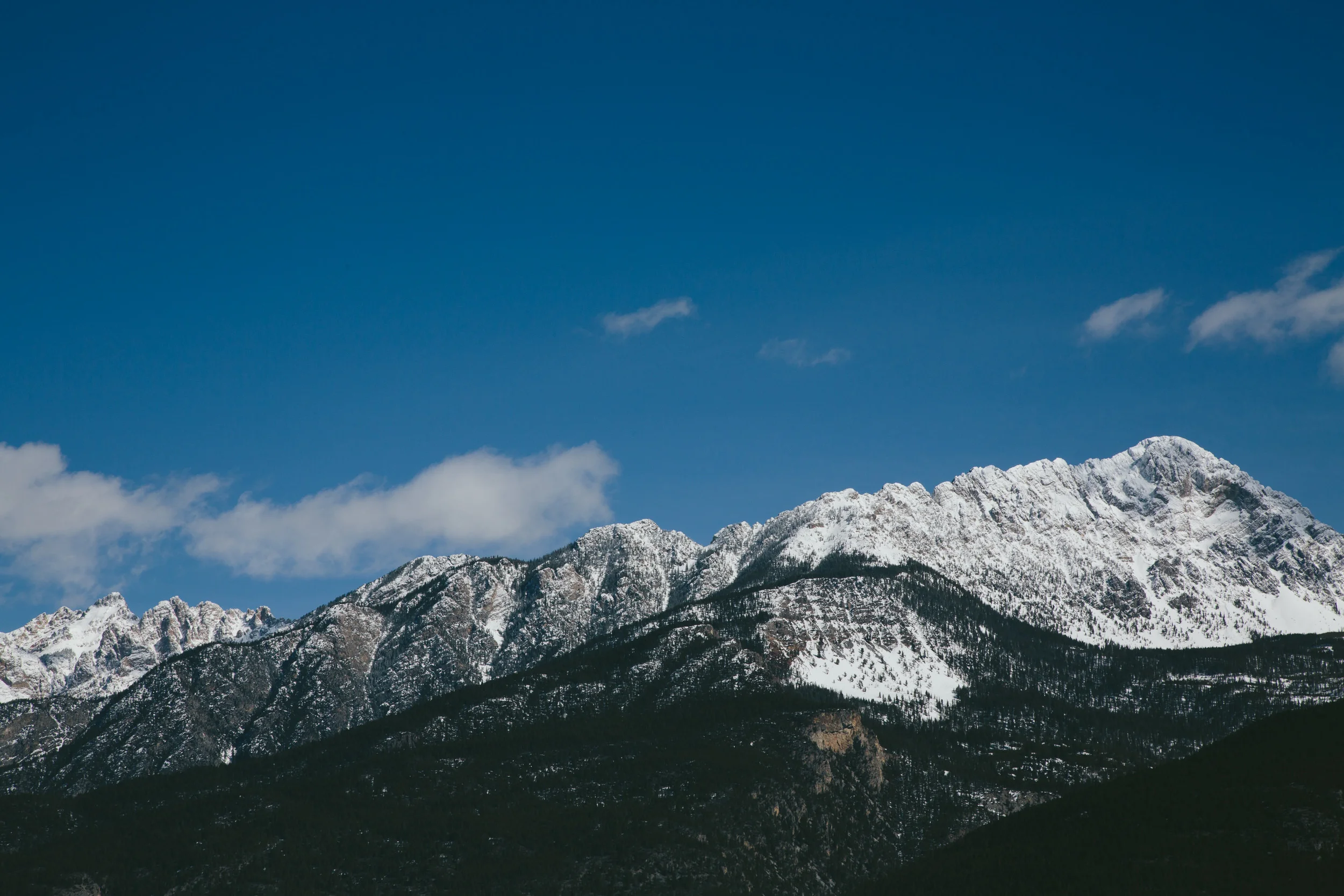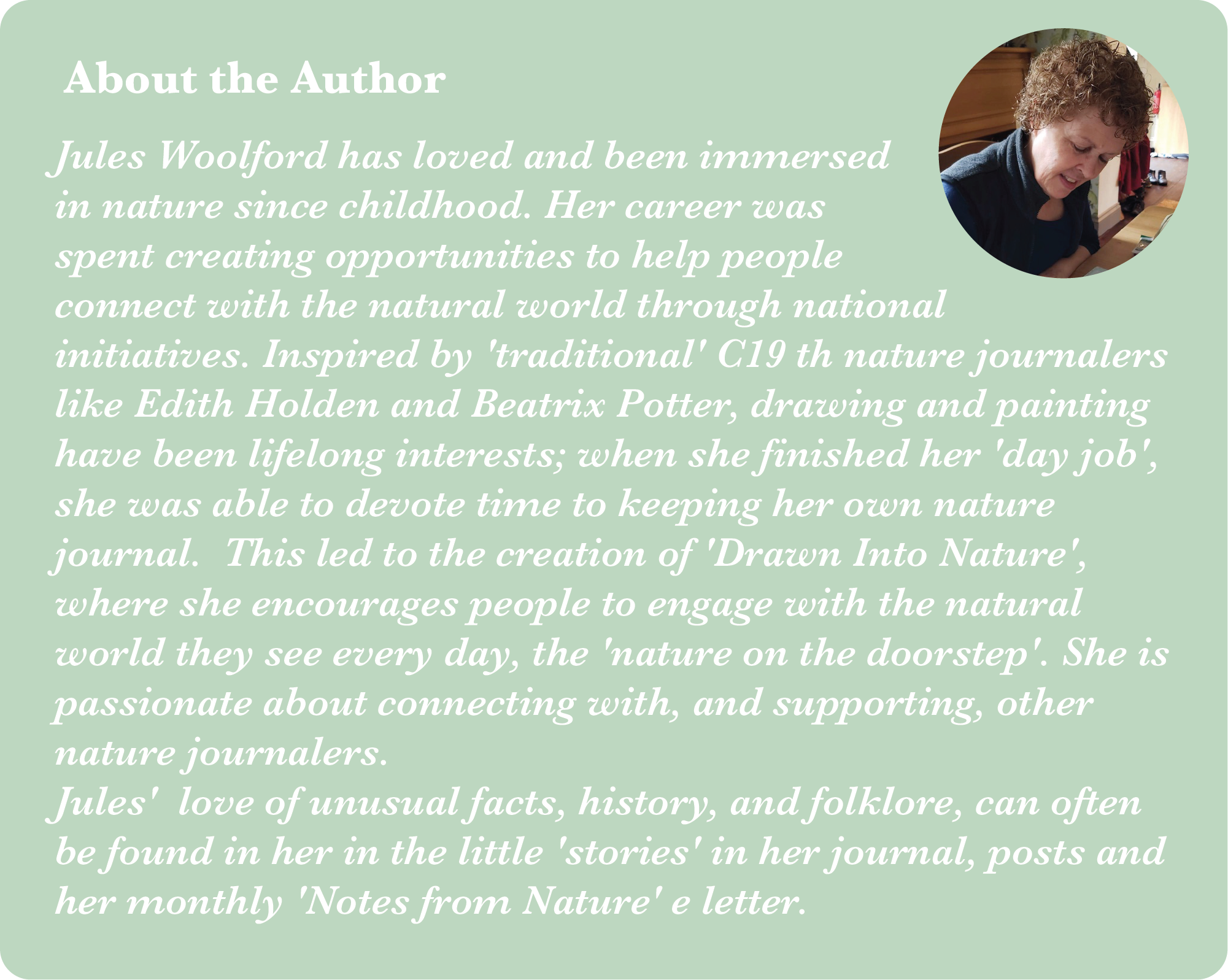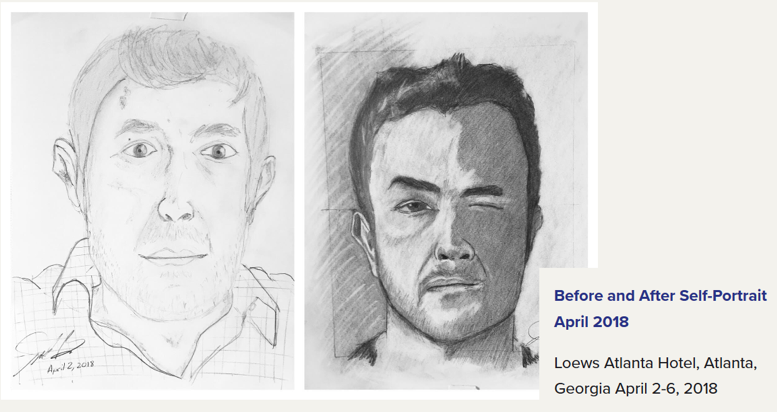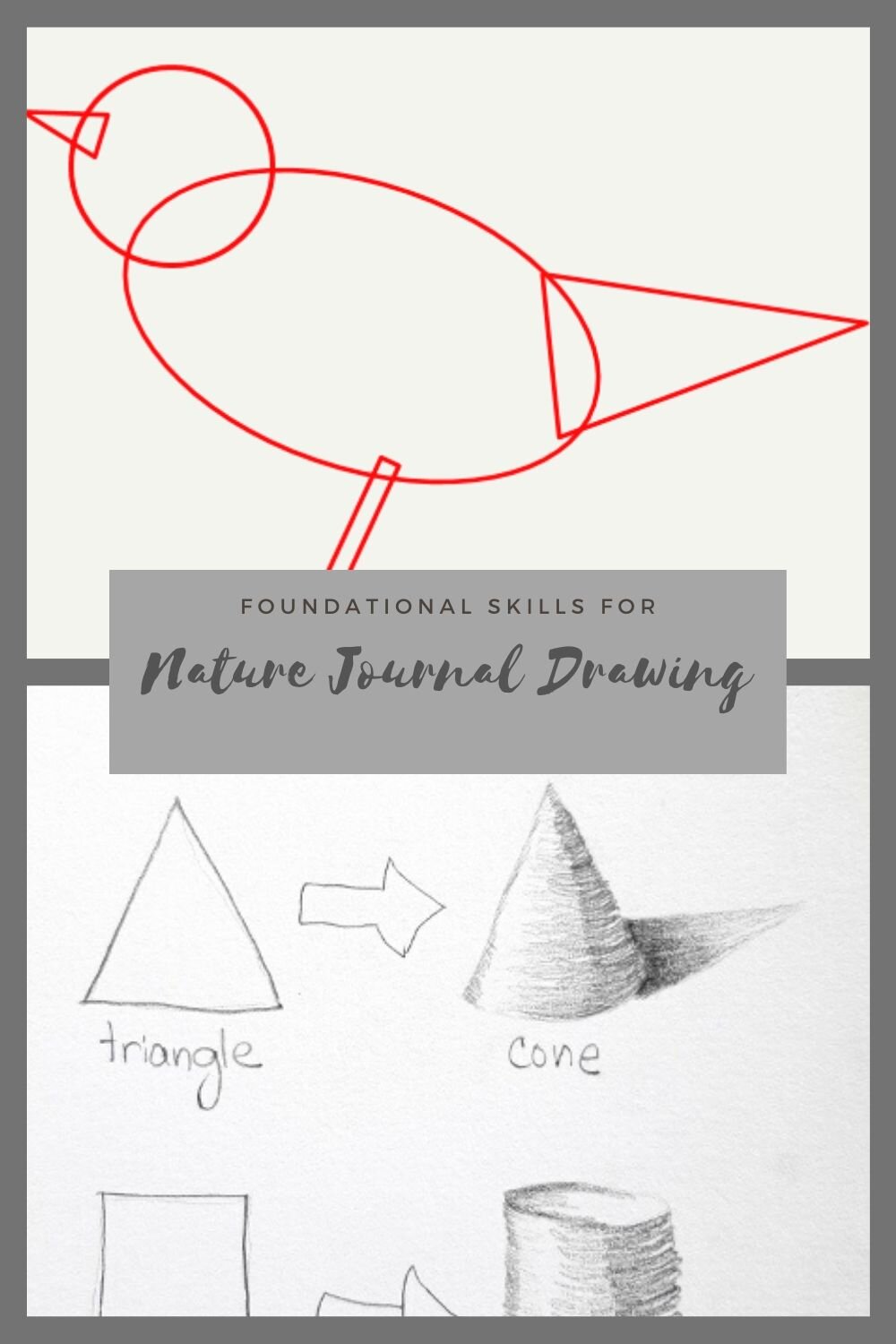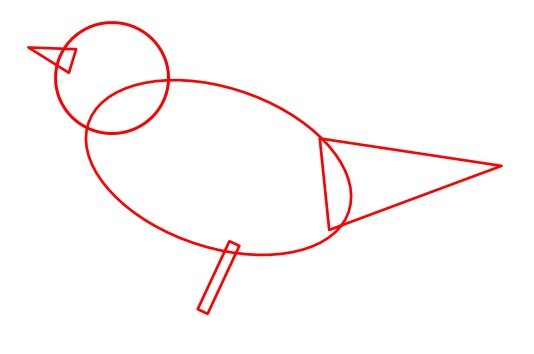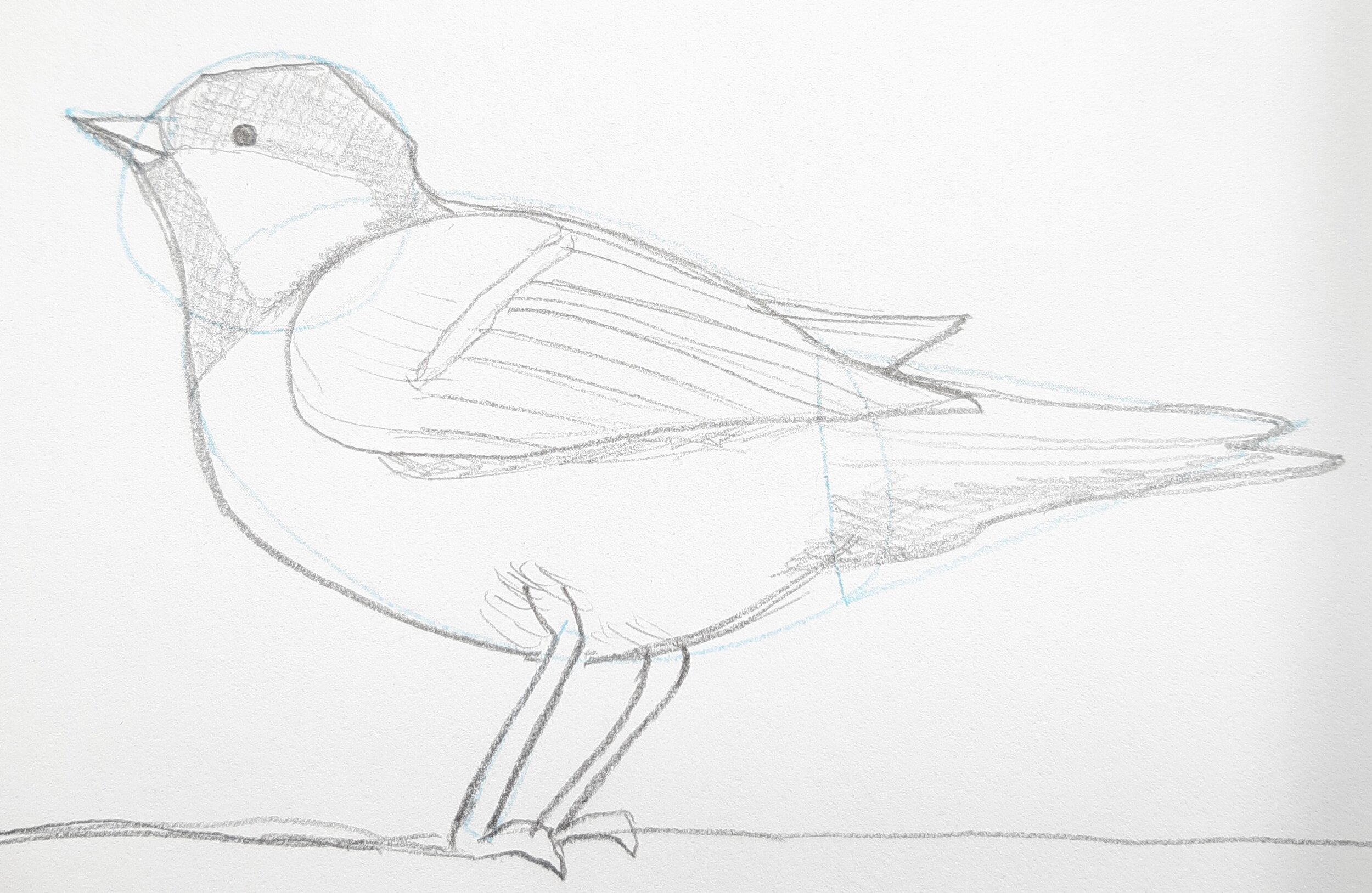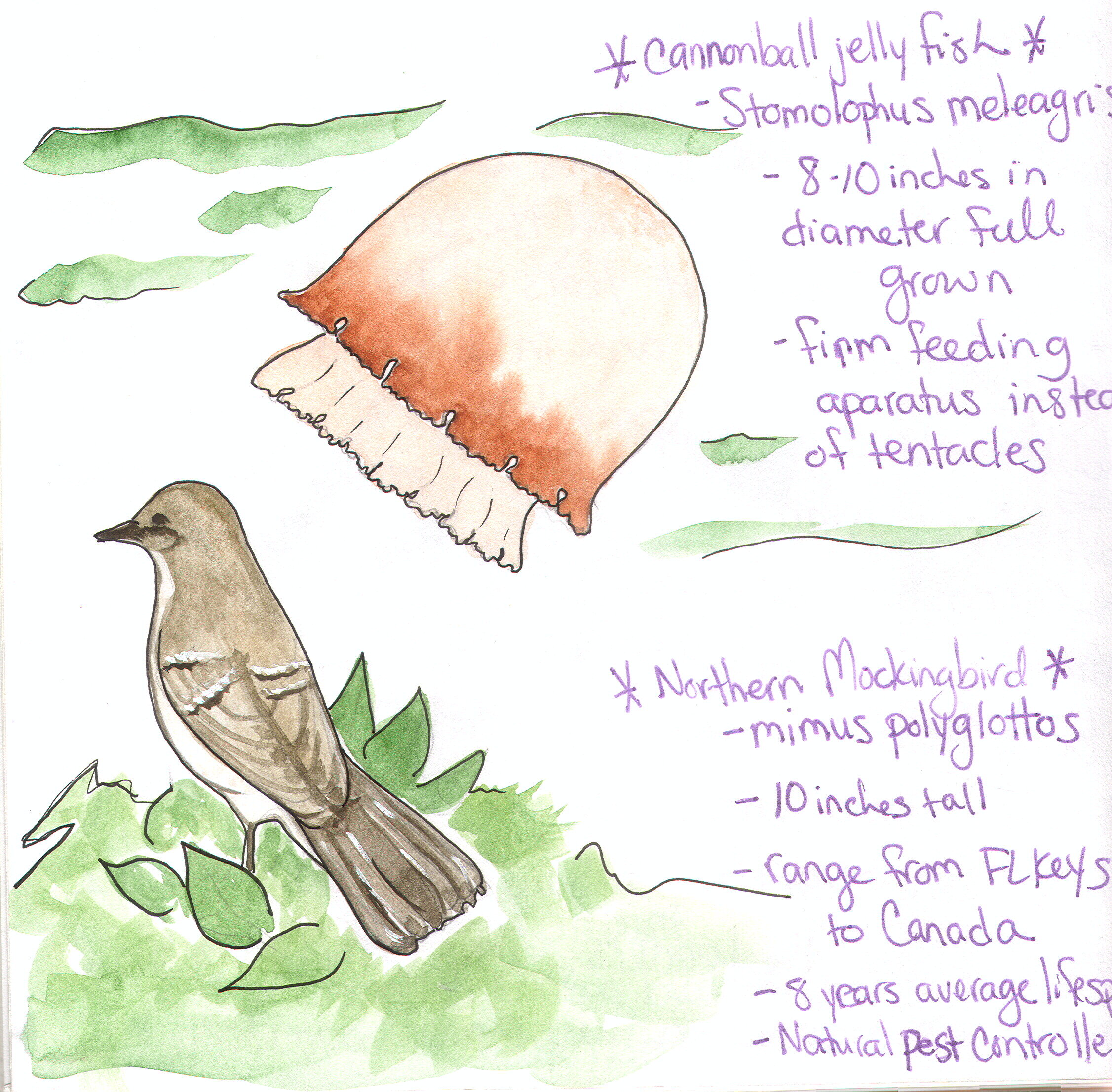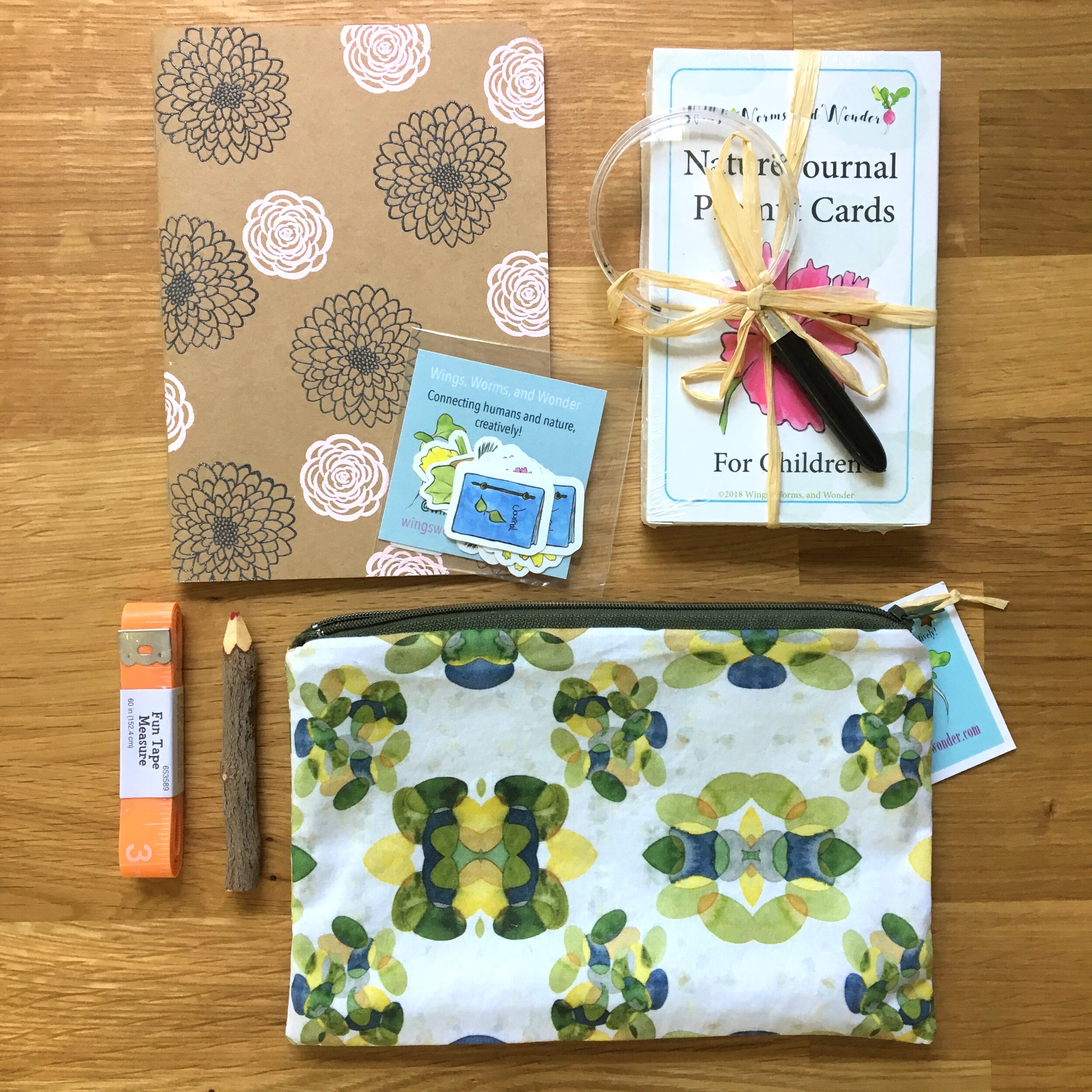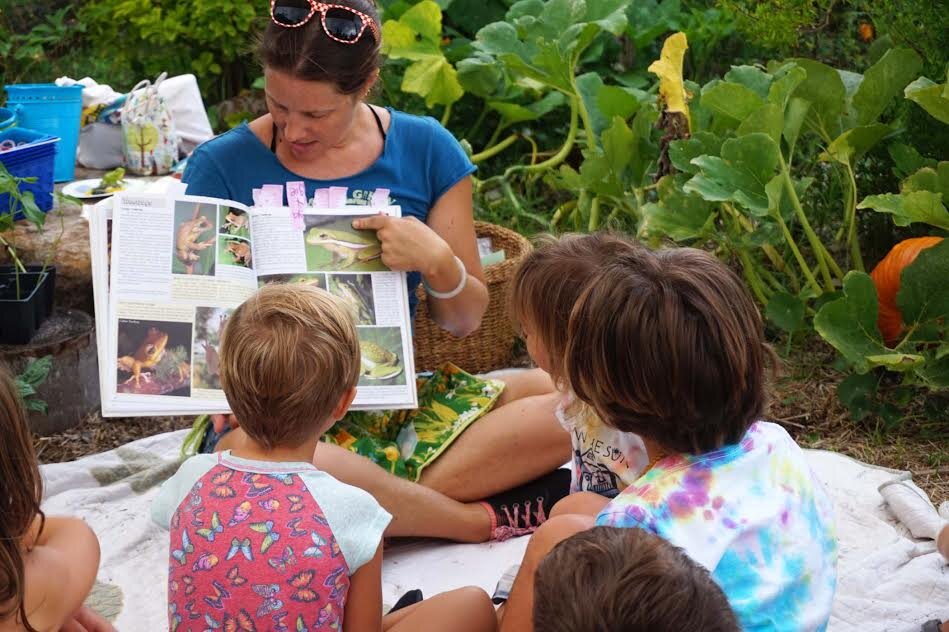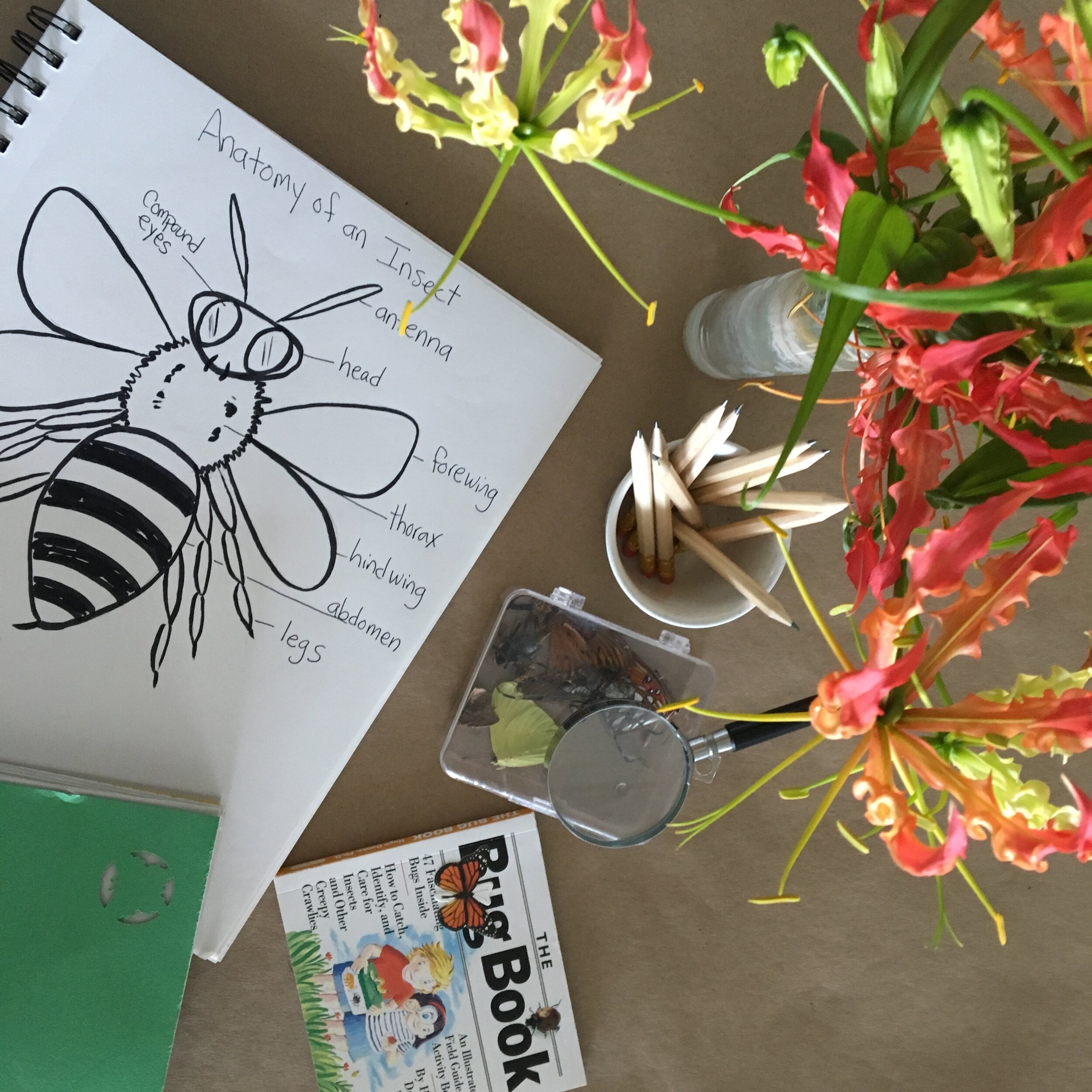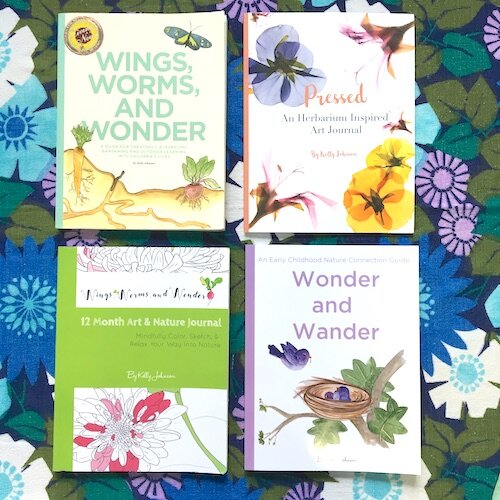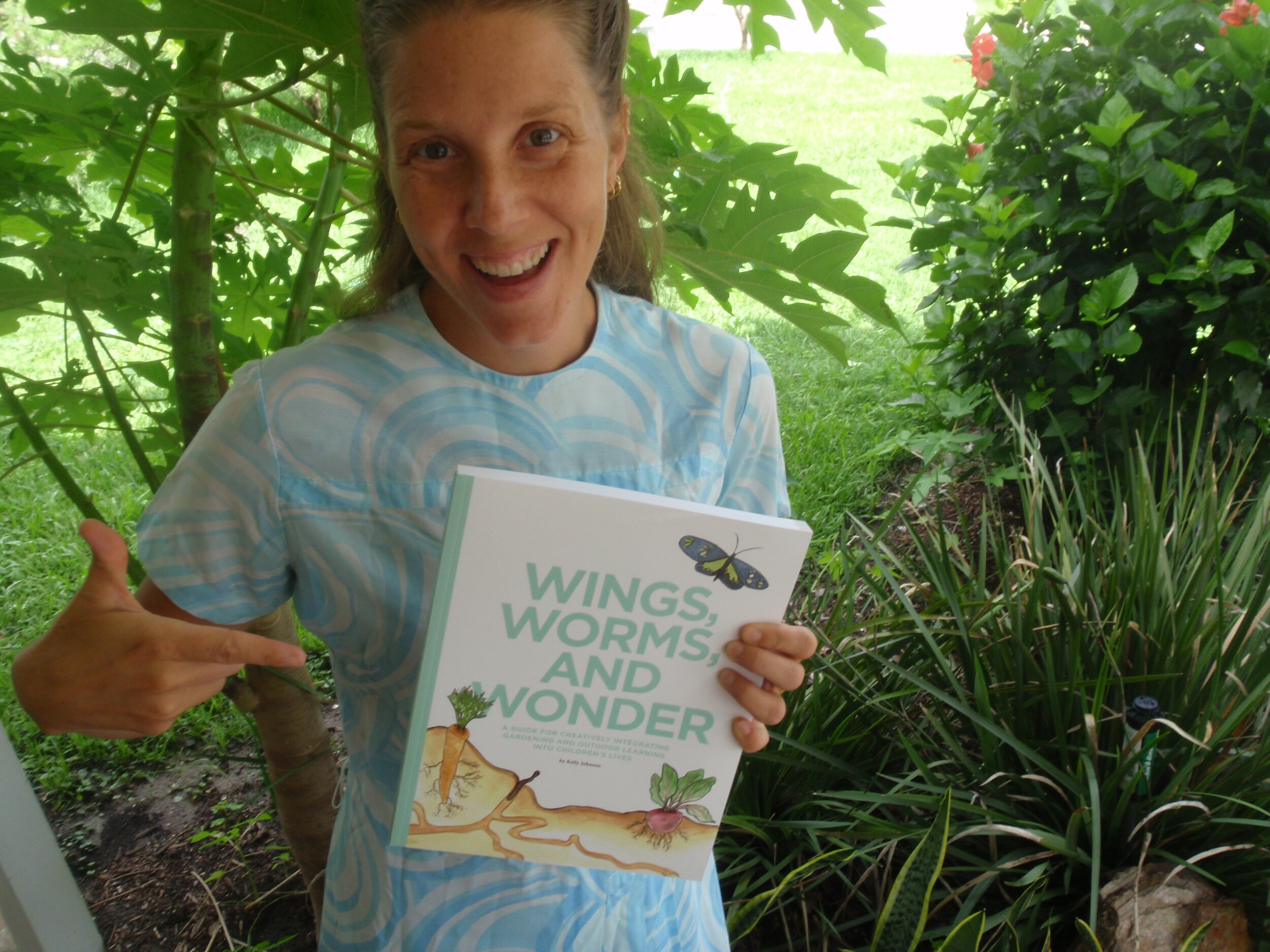Can I even do this? Talk about nature journaling, art and my love for biology in a time like this? Can I focus on nature and art, when each day more and more people are fighting for their lives – and more and more people are losing this battle? A fight in which the “bad guy” is something natural: a naturally mutated virus. No immoral scientist made this, no twisted ideology wants this, no country made this as a weapon. The rapid and global impact of this is unseen, we’re overwhelmed, and we have no better strategy (yet) than to flatten the contamination curve as much as possible.
When I was asked to write this little piece, I was thrilled and had so many ideas. I wanted to put in words what my heart feels when I paint nature. I wanted to tell you that painting a flower or leaf is not only about art, but about noticing details that you would otherwise never have noticed. I wanted to explain how, when making art, you activate the creative side of the brains, and this has a similar effect as meditating. I wanted to point out that by painting outside, your final work gets an extra dimension: the one that attaches to this piece what your senses experienced while painting. A bird that was suddenly loud somewhere in a bush at your left, a bit of unexpected wind that dried the paint too quickly and left some marks, the sudden smell of grass because the wind changed directions. I wanted to tell you that walking through the woods, identification guide in the hands, learning to name plants and animals, erases the lines between “I” and “nature”, and makes you familiar with nature the way you’re familiar with your community. Flowers are no longer “flowers”, but daffodils, wild garlic, mallows, bird’s eyes and shepherd’s purses. I was looking forward to telling you how knowing about the biology and ecology of species, gives animals and plants more than just their appearance. The holly blue is not only a beautiful butterfly, its caterpillar is sneaky and tricks ants to believe it is one of them; the ants will protect it from predators without getting anything in return. A robin is not only a cute bird, it can also be a lazy hunter who follows wild boars who dig through the earth and bring up worms and insects that the robin will feed on.
But can I talk about all this, now?
And yet, I feel it is more than ever important to take time for nature and art. Having a tea in the park and needing to find an even spot of earth to put the cup on, is allowing us to be in the moment and finding a solution for a very small, very manageable problem. Opening the window and seeing and hearing birds fly by hectically, chasing a mate or defending a territory, allows us to realise that there are other things going around than this deadly virus. Seeing young leaves, blossoms or long awaited spring flowers, make us smile and warm our hearts because we’ve been waiting for months to see signs of the end of winter. And those first warmer, sunny days recharge our vitamin D levels, but also our souls.
Most of us are staying home, avoiding social contact, keeping a safe physical distance to others. In many places, life seems to have been put on hold for a few weeks or months. And I think it’s safe to say we’re all anxiously waiting for this to be over. The sooner, the better. This waiting for something to pass, can be dreadful, long, stressful. It can feel like nothing is changing for a long time. In such times, going outside, noticing nature and documenting it, allows us to realise things are indeed still changing and evolving.
I would like to tell you to, if you can, grab some paper, pencils and paint. Go outside to a natural spot where you feel safe and calm. This can be a bench in a park, a old log by a lake, at the side of a dirt road, or even next to a flower pot in your garden or courtyard. Take a moment to just notice what is all around you. Trees, bushes, grasses, flowers, sticks, stones, birds, insects, spiders, empty snail shells, old leaves, some dirt arranged in some way by a little animal. Then pick something you want to draw or paint, and draw or paint it. It’s not about the result; you’re probably not going to frame this or gift it to someone. It’s all about you being here, in the moment, close to nature, noticing and documenting. And in six or so months, you will look back at this drawing or painting, and remember that in this corona crisis unfolding over the world, you had a little moment in which you sat there safely and did something that made you feel peaceful and good.
Take good care of yourself.
Tessina,
Biologist, painter and nature lover
Find Tessina’s work on Instagram @speckledhandsart. She also sells her beautiful, nature -inspired watercolour art in her Etsy shop.

